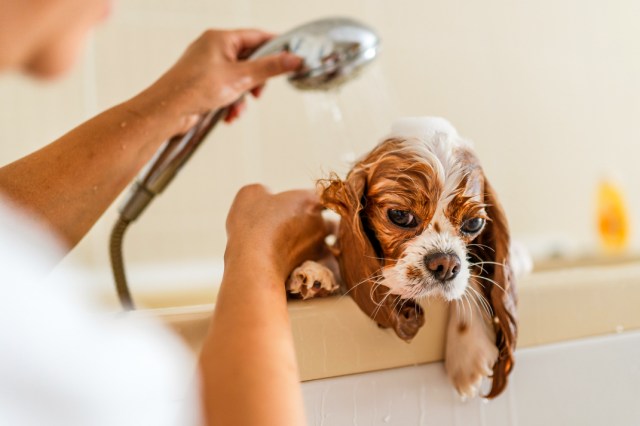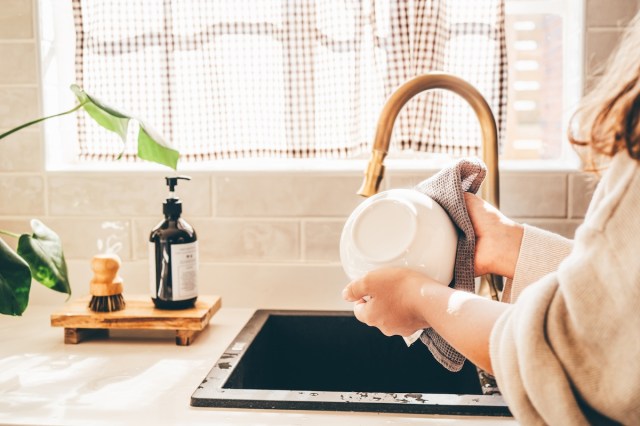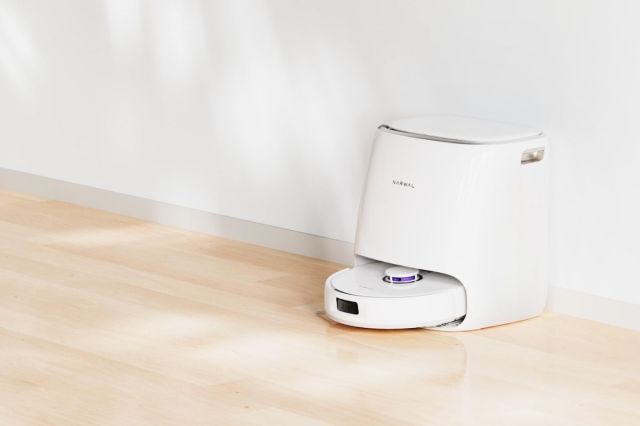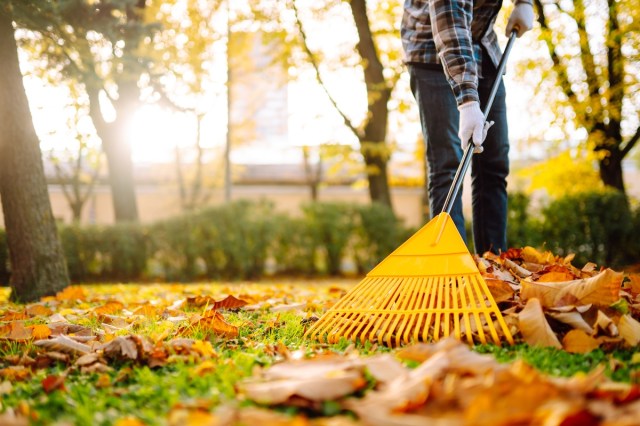No matter how much you clean your home, tiny balls of fluff still accumulate on top of fans, under couches, and everywhere in between. Where does all that dust come from? Turns out, it’s coming from inside your house (at least partially). Researchers believe at least one-third of the dust in our homes is made up of human skin and hair, pet dander, tiny food particles, and fabric fibers. The remaining ingredients — like dirt, pollen, and bacteria — are introduced every time you walk through the door or open a window. While that may mean dust is inevitable, you can do a few things to keep it at bay.
All featured products and deals are selected independently and objectively by the author. Better Report may receive a share of sales via affiliate links in content.

Change Your Sheets
Hair and skin cells make up a portion of dust, and one of the places in which they most accumulate is the same spot you spend eight hours every night: your bed. Regularly washing sheets and blankets in hot water reduces this buildup and destroys the dust mites that feed on it. Dermatologists recommend washing your bedding at least every two weeks or more if pets snooze in your bed, too.

Swap Out Soft Surfaces
The soft and comfy surfaces in your home feel great underfoot, but they’re notorious dust collectors. Carpeting, rugs, and fabric window treatments like heavy drapes attract tons of dust with the additional downside of being difficult to thoroughly clean. Curtail dust by replacing old carpeting with hard flooring and swapping non-washable drapes for wipeable blinds or launderable curtains.
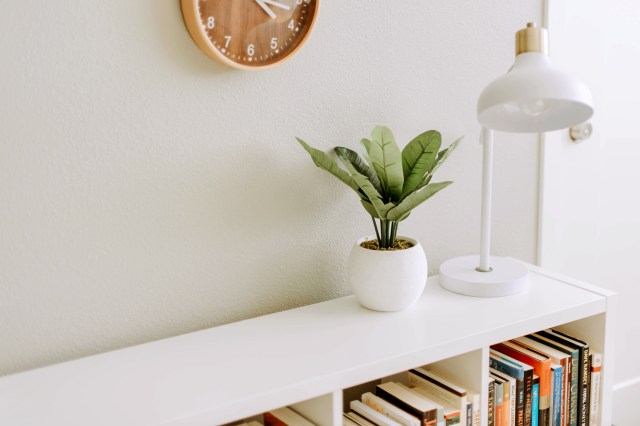
Reduce Clutter in Your Home
You don’t have to become a minimalist to stop dust in its tracks, but paring down clutter piles does help. Bookcases, countertops, and other high-clutter zones attract and trap dust, making those areas more difficult to thoroughly clean.
Reader Favorites
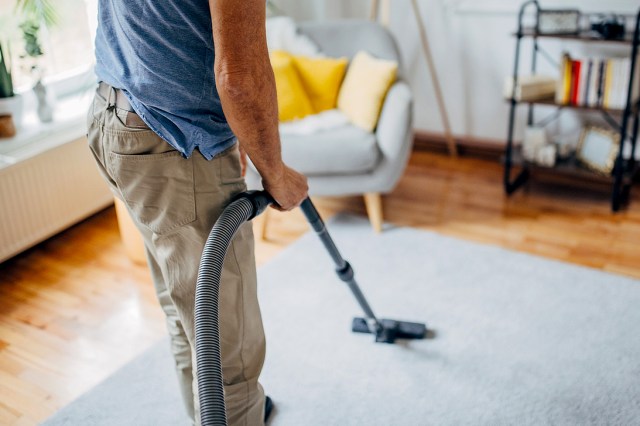
Keep Your Vacuum in Tip-Top Shape
We don’t need to tell you that vacuuming regularly knocks down dust buildup. However, neglecting your vacuum’s maintenance may negate your dustbuster’s hard work. Vacuums with too-full dust cups don’t efficiently catch dirt and dust, and models with HEPA or cartridge filters need those areas cleaned for peak performance.
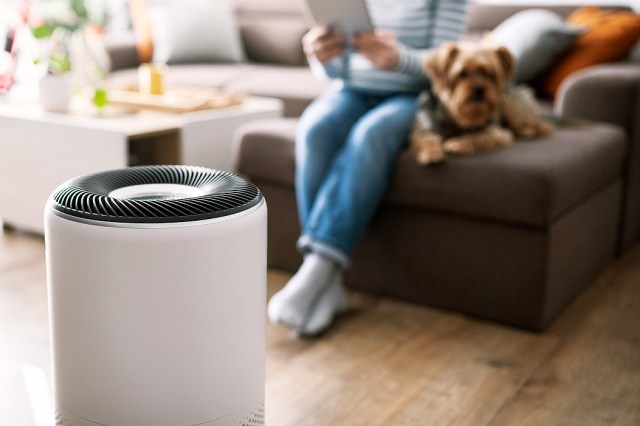
Change Your Air Filters on a Schedule
Replacing your home’s HVAC air filters helps trap dust floating through the air, keeping it out of your lungs and preventing it from landing on surfaces you’ll be stuck cleaning. Air filters last anywhere from 30 to 90 days, based on style — pricier pleated air filters typically have the longest lifespan. Regularly scheduling this task also keeps your furnace in good working condition.
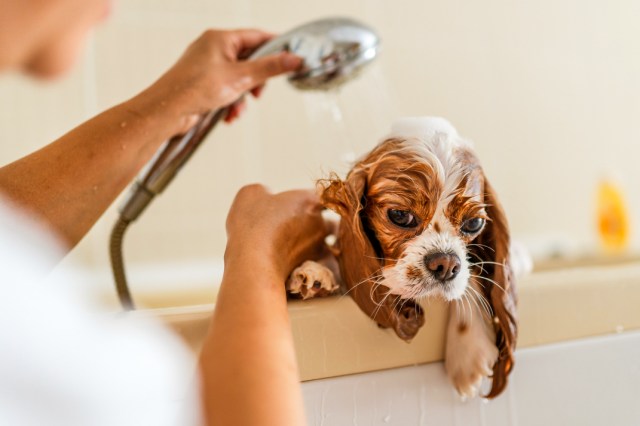
Groom Pets Regularly
Brushing and bathing your cuddly companions reduces the amount of dander and fur they shed around your home, which contributes to dust. On average, dogs should be bathed every one to three months, with weekly touchups. Even self-grooming pets, like cats, need regular baths at least every six weeks.
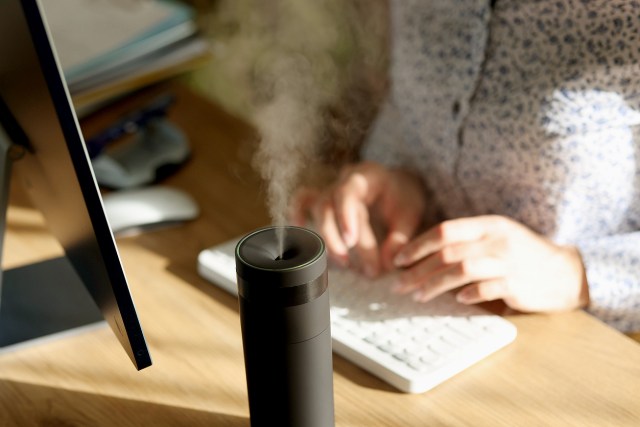
Use a Humidifier
Enlisting the help of an air purifier may seem like the obvious choice when it comes to trapping dust in your environment, though it’s not the only appliance that can help. When humidifiers mist into the air, the additional moisture bogs down dust particles and keeps them from floating away. That heavier dust becomes easier to collect as it settles, making it easier to keep in check.
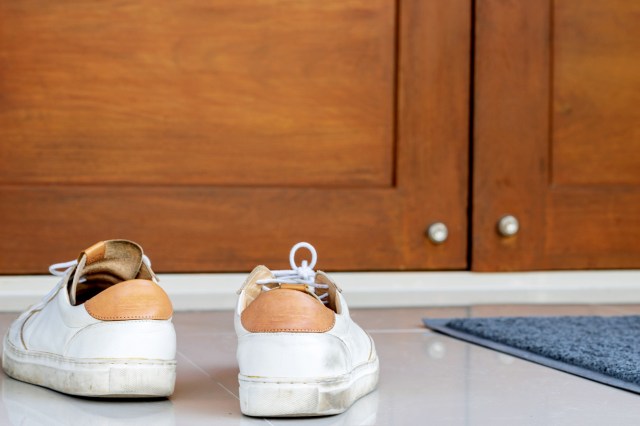
Stop Wearing Shoes Indoors
Wearing shoes indoors is a point of contention — some visitors don’t mind leaving their sneakers in the entryway, while others can’t stand the idea of going barefoot in anyone’s home (including their own). However, many doctors recommend ditching shoes at the front door to keep out pollen, dirt, and other dust-creating particles, along with bacteria that can make you sick.
Featured Image Credit: Su Arslanoglu/ iStock
More From Our Network
Better Report is part of Inbox Studio, which publishes content that uplifts, informs, and inspires.
